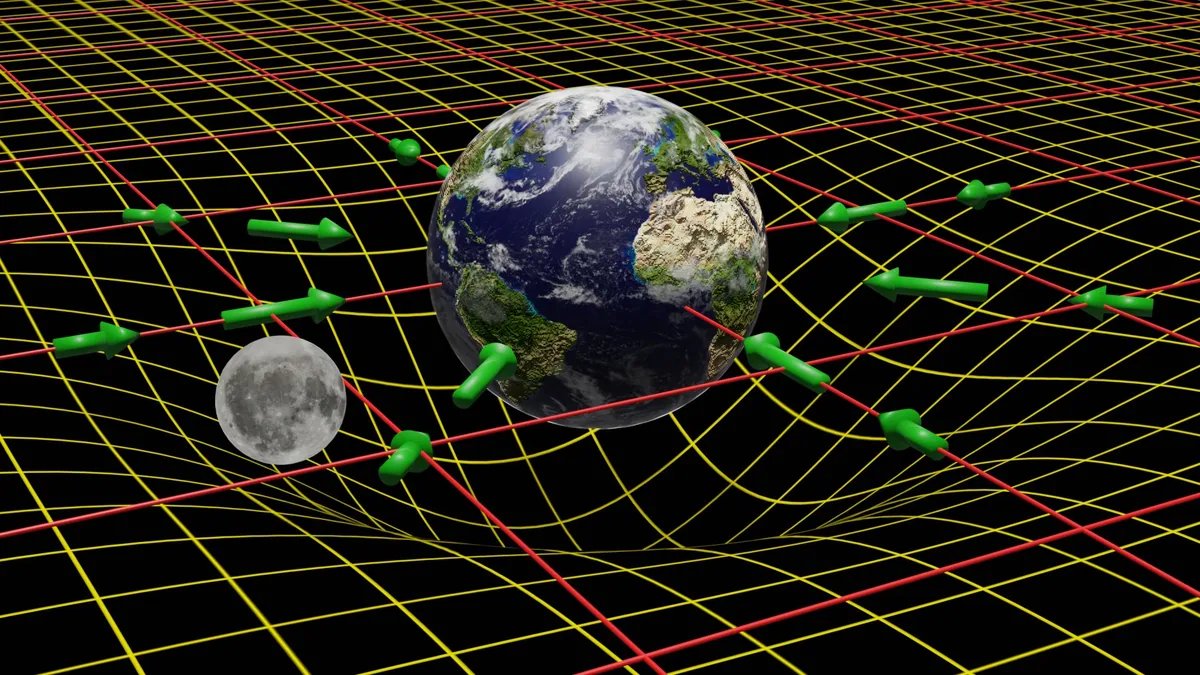
At long last, a unified theory that combines gravity with the other fundamental forces—namely electromagnetism, as well as the strong and weak nuclear forces—is within reach. For generations, physicists have sought to reconcile the inconsistencies between two foundational pillars of modern physics: quantum field theory and Einstein's theory of gravity. Researchers at Aalto University have made significant strides in this area by developing a new quantum theory of gravity, which describes gravity in a manner compatible with the standard model of particle physics. This breakthrough opens the door to a deeper understanding of the universe's origins.
While theoretical physics may seem far removed from practical technology, the implications of these findings are profound. Modern technology heavily relies on fundamental advances in physics; for instance, the GPS functionality in smartphones operates on principles derived from Einstein's theory of gravity. The groundbreaking research conducted by Mikko Partanen and Jukka Tulkki details their new theory in a paper published in Reports on Progress in Physics. According to lead author Partanen, within a few years, this research could lead to critical insights into the universe's most complex phenomena.
If their findings culminate in a comprehensive quantum field theory of gravity, it could provide answers to some of the most challenging questions in physics, such as understanding singularities in black holes and the events surrounding the Big Bang. Partanen refers to a theory that coherently unites all fundamental forces of nature as a theory of everything, although he expresses reservations about the term itself. Fundamental questions remain, including the persistent mystery of why there is more matter than antimatter in the observable universe.
The breakthrough stems from identifying a way to articulate gravity as a suitable gauge theory. Gauge theories describe how particles interact through specific fields, with the electromagnetic field being the most well-known example. Tulkki elaborates that when electrically charged particles interact, they do so via the electromagnetic field. Similarly, when particles possess energy, their interactions occur through the gravitational field. A longstanding challenge has been to formulate a gauge theory of gravity that aligns with the established gauge theories of the other three fundamental forces: electromagnetic force, weak nuclear force, and strong nuclear force.
The standard model of particle physics is a gauge theory that describes these three forces with certain symmetries. Partanen emphasizes that the key idea is to establish a gravity gauge theory that shares symmetries similar to those in the standard model, rather than relying on the distinct spacetime symmetry of general relativity. Without such a cohesive theory, physicists cannot effectively merge quantum field theory with general relativity, which describes the gravitational interactions of larger objects.
Quantum theory explains the behavior of minuscule particles interacting in probabilistic manners, while general relativity characterizes the more substantial world of familiar objects and their gravitational interactions. Both theories have been validated with remarkable precision, yet they remain fundamentally incompatible. As gravitational interactions are relatively weak, greater precision is required to explore genuine quantum gravity effects that extend beyond general relativity, which is fundamentally a classical theory.
Partanen notes that a quantum theory of gravity is essential for understanding phenomena occurring in environments with strong gravitational fields and high energy, notably around black holes and during the universe's infancy post-Big Bang—areas where current physics theories falter. With a passion for addressing the grand questions of physics, he and Tulkki have pioneered a symmetry-based approach to gravity that holds the potential to usher in a new era of scientific understanding, much like the insights gained from comprehending gravity enabled the development of GPS technology.
While the new theory is promising, Partanen and Tulkki acknowledge that it is still a work in progress that requires further validation. They utilize a mathematical technique called renormalization, which addresses infinities that can arise in calculations. Currently, they have demonstrated that this approach is effective for "first order" terms, but they must further confirm that infinities can be managed throughout the entire calculation. Tulkki stresses the importance of ensuring that renormalization remains effective for higher-order terms, as failure to do so could yield infinite results.
Despite the challenges ahead, both researchers are optimistic about their progress. Partanen is confident that with time and persistent effort, they will overcome the remaining obstacles. Although they cannot predict an exact timeline, they anticipate significant advancements in understanding within the next few years. For now, they have published their findings to share with the scientific community, inviting others to scrutinize, refine, and build upon their work. Just as quantum mechanics and the theory of relativity paved the way for future exploration, Partanen hopes that their groundbreaking theory will unlock new avenues for scientific inquiry.